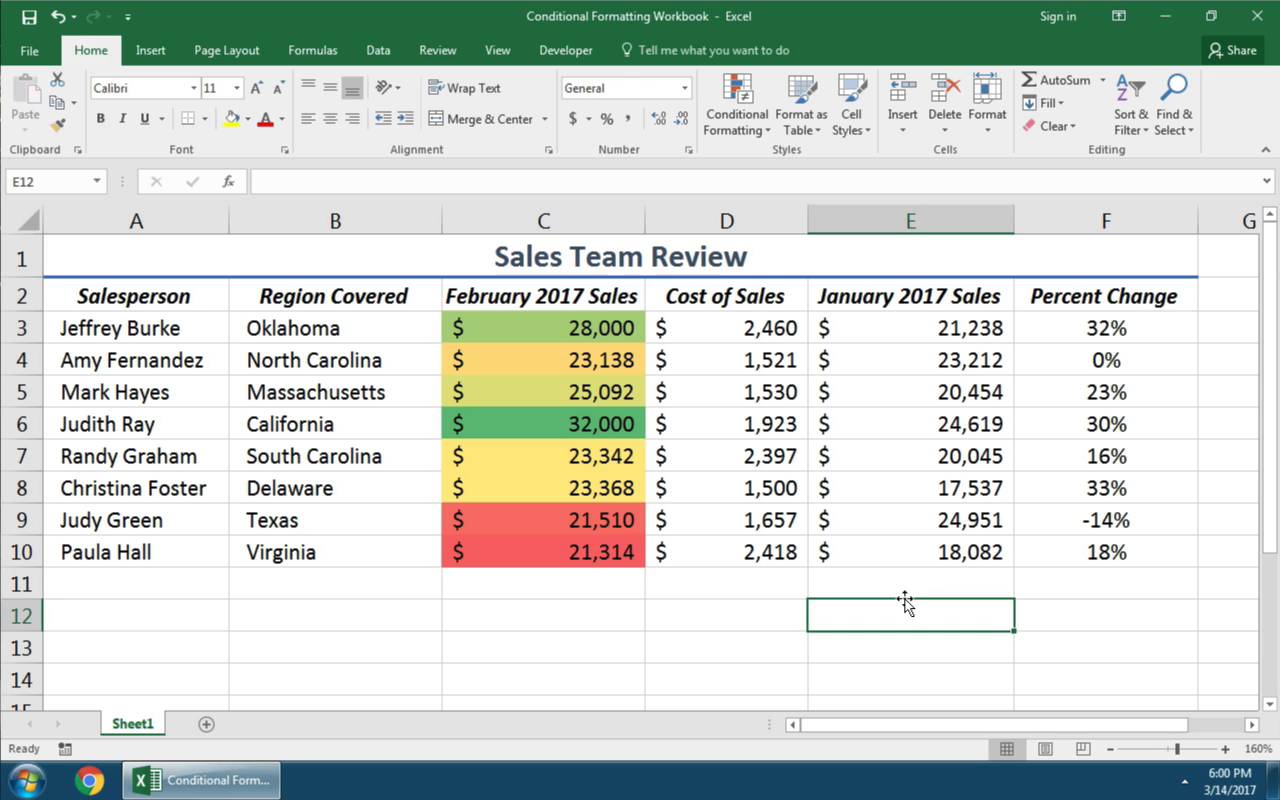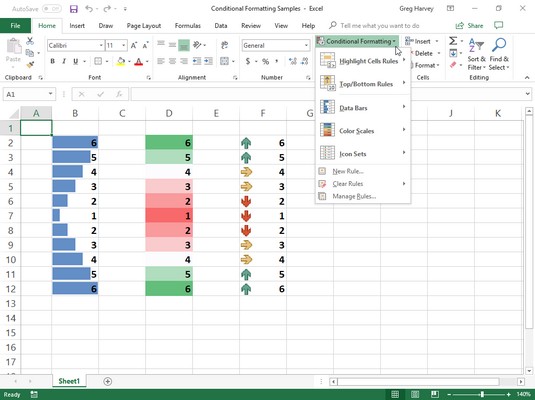
You can also choose to set your color scales up with 3 colors, so the value in the middle of the data is assigned this 3 rd color.

One color is assigned to the cell with the lowest value.Using “Color Scales” is basically a way to assign colors to all the value-filled cells of your choice. The difference between “Color Scales” and “Data Bars” is just the way it’s presented.

You just need to click in ‘Applies to’ at the rule you want to change in the ‘Conditional Formatting Rules Manager’ box.Īlthough a very similar variant to “Data Bars”, “Color Scales” are too a very effective tool for giving the reader an immediate overview of the data in Excel.

To change the range of cells that the conditional formatting rules applies to, you don’t need to go to the ‘Edit Formatting Rule’ box above. If you don’t want your cells to turn green when it includes the text “L compatible” (or something else), you can have it turn yellow instead.Īs you see there’re enough options, but wait – there’s more!Īll of the above is very nice, but if you accidentally selected the wrong area when you made the conditional formatting rule – then it doesn’t help to change the ‘Rule Type’ or whether the cells should be red or blue.Īnd if you spent 5 minutes entering a unique formula to “trigger” the formatting, then it sucks to delete it and do it all over. From this little (familiar) box you can change the formatting that you applied in the first place.If you keep the ‘Specific text’ you can decide here whether the cell should contain, not contain, begin with or end with the text that you enter in the field to the right.This means that the formatting applies when a cell is empty or, for example, holds a value greater than, or less than, 100. Here you edit your rule so it no longer “triggers” on a cell containing specific text, by choosing “Blanks” or “Cell Value”. If you keep the ‘Rule Type’ you can change the “ trigger” of the formatting.

You can also make the rule more advanced by basing it on a formula. If you don’t want the conditional formatting to apply when “something” happens in a cell, you can change it to apply on all cells and filling them with color based on their value compared to the average of the data. Below we’ll go through the different options shown in above screenshot.


 0 kommentar(er)
0 kommentar(er)
